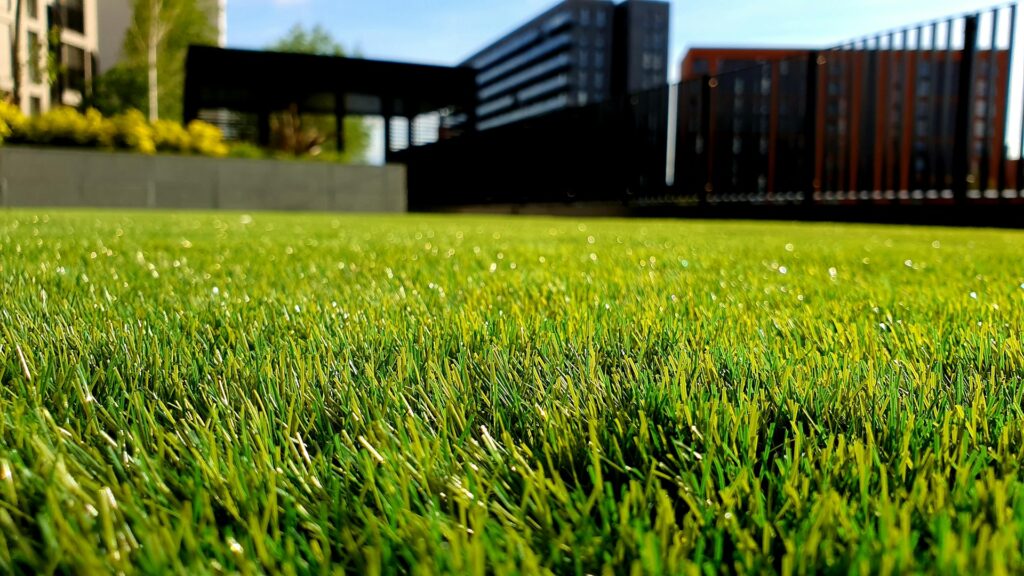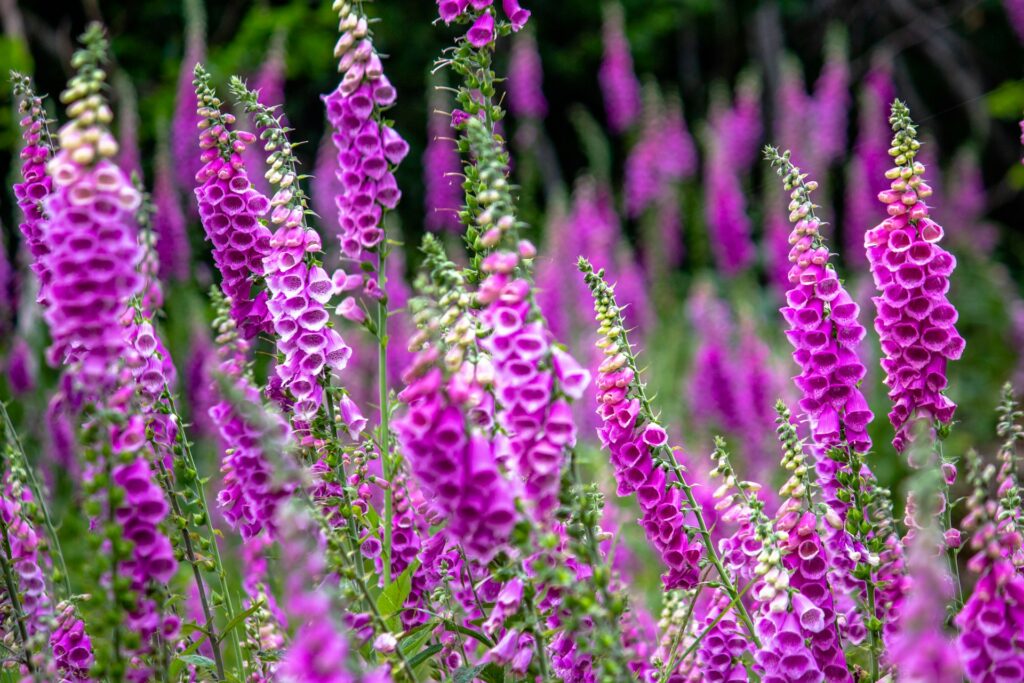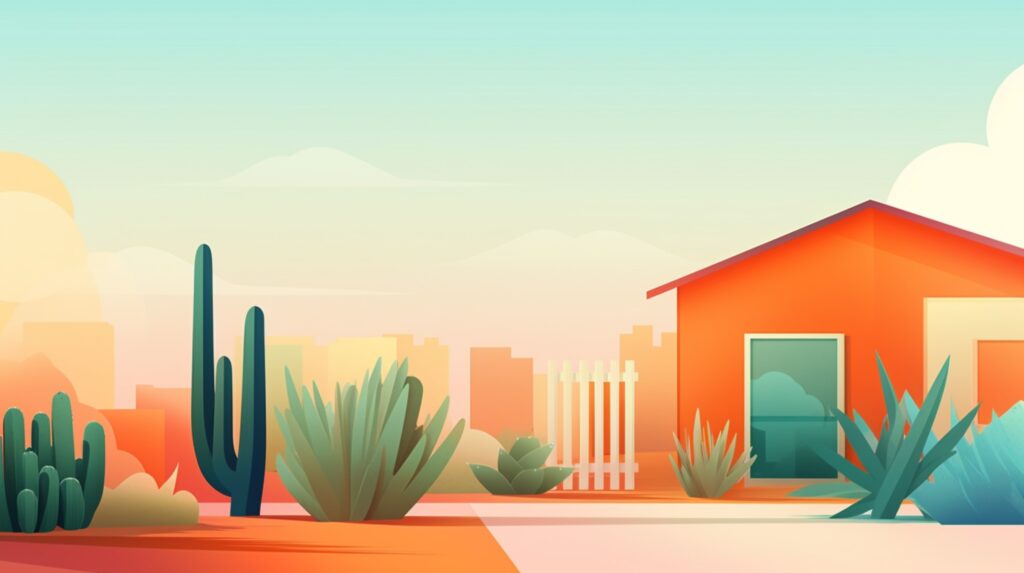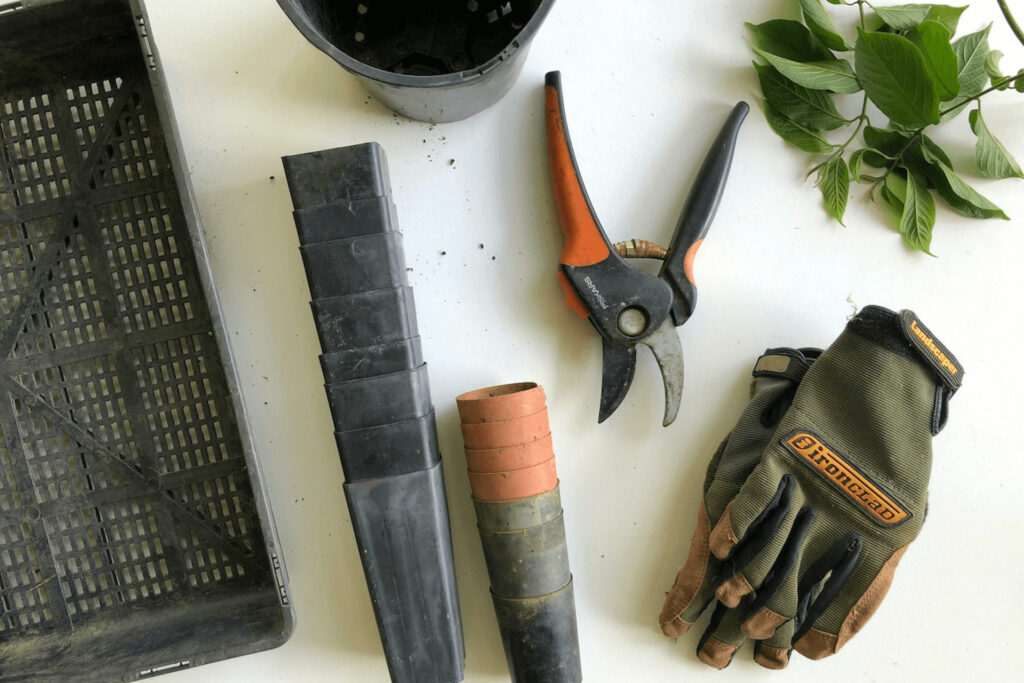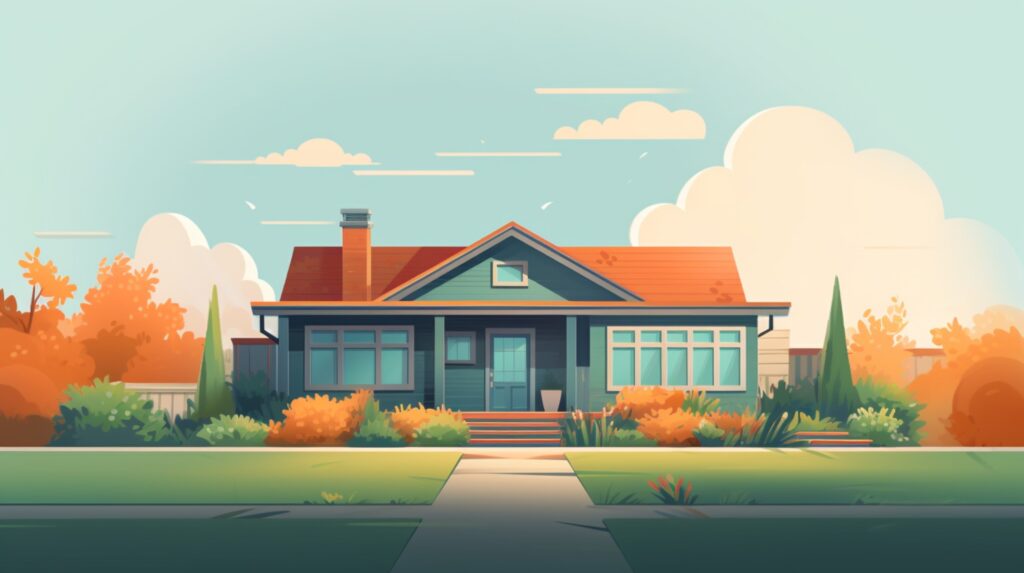
We are reader-supported. When you buy through links on our site, we may earn an affiliate commission.
Have you been searching for a way to divide your garden from the rest of your lawn? Most people who carefully cultivate their gardens with specific plants want some sort of a boundary that fences off their handiwork. A garden border is the best way to create a pleasant seam between two areas of your yard. Plus, it can help increase curb appeal by adding something decorative to your lawn.
Some garden borders require digging, while others are made using artificial materials from home improvement stores. The type of border for your garden often depends on the aesthetic the homeowner wants, as matching the house overall with a border can make it appear that much more seamless and beautiful.
When Should You Build a Garden Border?
You should examine your practical and aesthetic reasons for wanting a garden border. Like any home improvement project, you’ll need to invest time and money into your border. Also called landscape edging, these borders can transform the way your garden looks and add both practical and aesthetic benefits to your home.
One of the most practical reasons for getting a border for your garden is to keep grass from creeping into the surrounding garden area. An edge around your garden can make it much harder for invasive species to infiltrate it, especially if that border goes into the ground. If you worry invasive species may invade your garden beds, putting up a border is one of the best solutions you could implement.
Best Materials for a Garden Border
You can use almost any material to make a garden border. Whether you opt for an all-natural border or just want something cheaper that will get the job done, you can rely on a border to add exactly what you want to your home.
1. Stone
A stone border might give the most cohesive appearance to a modern home. Many homes are built with stone facades or actual stone accents, and a stone border would highlight those features. Unfortunately, decorative stone finishes can lead to swifter deterioration of the stone, so you may want to opt for more natural stone if you want your border to last a while.
2. Artificial Materials
While not necessarily as beneficial for the environment, artificial materials can dig deeper into the ground and entirely prevent roots from invasive species from taking hold of your garden. Plastic edging is one of the least expensive options for these borders. However, you may want to choose something a bit nicer to look at if you place value on aesthetics.
3. Other Plants
If you’re searching for a garden border that can fence your garden, try choosing a plant species. Fountain grasses make for great borders, as they thrive well in full sunlight. You can also rely on several other types of border grasses, like mondo grass, which can grow as tall as you want and just needs some attention now and then.
You might also consider hedges for your border. Hedges might need some attention to maintain, unlike a material that doesn’t grow, but it’s an excellent option for a larger garden. It’s also great for people who value decoration over practicality. It can give your lawn a polished look, too.
Let a Garden Border Level Up Your Curb Appeal
Once you’ve built a successful garden, the next thing to consider is distinguishing it from your lawn. A garden border can highlight how beautiful your garden is. It can also match your house and increase your curb appeal. People can start great gardens even if they’re complete novices, as many flowers are well-suited to beginners. Implementing a border can ensure that your delicate plants are protected and your garden gets all the recognition it deserves.



